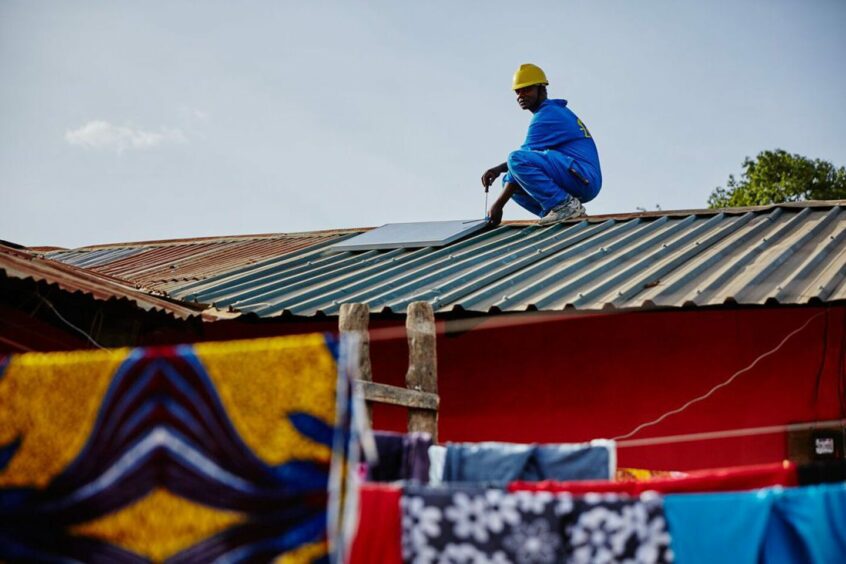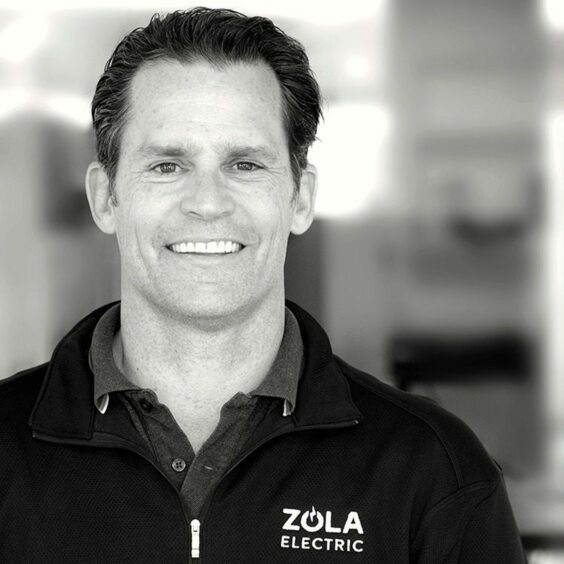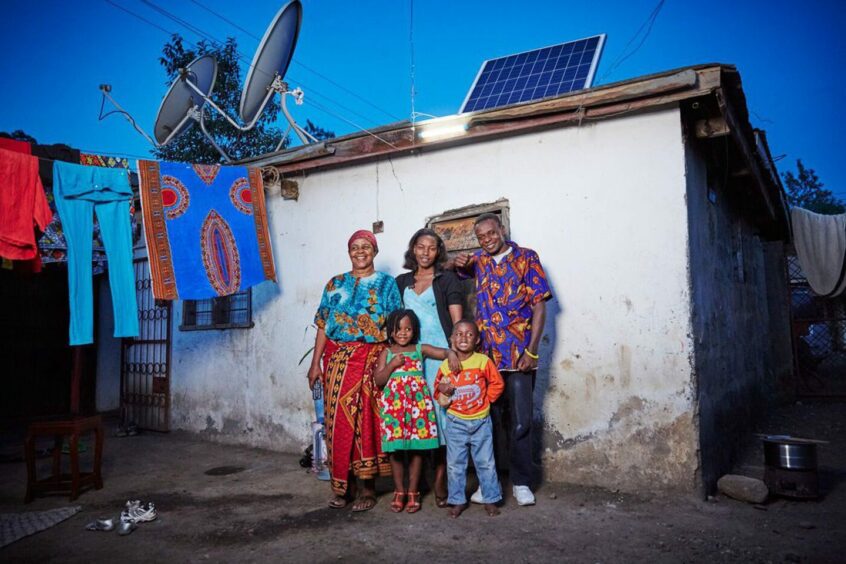
Zola Electric aims to solve access to reliable energy by providing distributed community grids, The task is “one of the world’s greatest problems”, Zola boss Bill Lenihan has said, setting out plans to tackle this, grid by community grid.
The company has been working on the problem for more than a decade. Its first port of call was Tanzania. “The problem to solve was kerosene,” Lenihan said. Zola offered smart connected solar panels and a lithium ion battery.
In many ways, Zola continues to provide this. “We’re still proliferating smart devices, we’re still replacing inefficient energy. Today, though, we’re providing a platform for smart connected devices to deliver community-level electricity.”
The US-based company announced the launch of its first distributed minigrid in Rwanda, in November 2022. The project provides more than 1,000 connections, connecting up “hospitals, schools, houses. It’s everybody. Our mission is to provide community level electrification for 3 billion people – and our architecture can support anyone.”
The Gakagati project can provide 120 kWp, with 124 kWp of storage. There are plans to scale up the solar to 240 kWp over two years.
Zola provides boxes and panels that are distributed throughout the village, providing the grid via its Infinity system. Equatorial Power provides the solar panels.
Three roles
Lenihan noted the different roles that went into providing the system. “There are three different industries in providing distributed energy as architecture. You need the technology, which we do, the integrators who meet customers and build the kit and then you need financing.”
Zola is now operating in 12 countries, which Lenihan described as “enough markets for now”. The current priority is to build up relevance in the countries where it is now.
Zola’s technology can scale, with manufacturing in a centralised facility, and more companies are able to provide the integration service. “Financing is the biggest impediment, it’s really hard.”
The company claims to provide more reliable power at a cost equal to – or less – alternatives such as kerosene or diesel.
Adding it up
“The amount of capital required is in the trillions of dollars,” Lenihan said. Zola had initially provided financing to customers, underwriting about $150 million, but it was unable to keep this up. “We’re not a bank, there’s no way to do it,” he said, citing the cost of capital.
“We’re starting to see development institutions, governments, institutional capital enter the space.” The appeal is straightforward, though. “This is energy, it’s essential. If there’s a lower-cost better product, customers will pay.”
While development capital must be there to underpin energy provision, companies like Zola must also make a profit.
“There’s not enough impact capital in the world to subsidise the industry. We have to demonstrate returns. If we can’t do that sustainably, we’re not doing our job,” Lenihan said.
Solar City, subsequently acquired by Tesla, was an early investor in Zola, coming onboard in 2013. Other partners include Helios Investment Partners, the Netherlands’ FMO and EdF.
Zola can provide its system in different environments, Lenihan said. He cited a recent project in Haiti, where a move to Zola’s technology provided an alternative to problematic liquid supply lines.
Producing power from the sun, for local renewable energy, is more resilient than the alternatives, he continued. “If we can do it in Haiti we can do it anywhere, we can do it Papua New Guinea, we can do it in Ukraine. There are more and more companies capable of carrying out the integration work and financiers will come. Distributed energy will rule emerging markets.”
Recommended for you


 © Supplied by Zola Electric
© Supplied by Zola Electric © Supplied by Zola Electric
© Supplied by Zola Electric